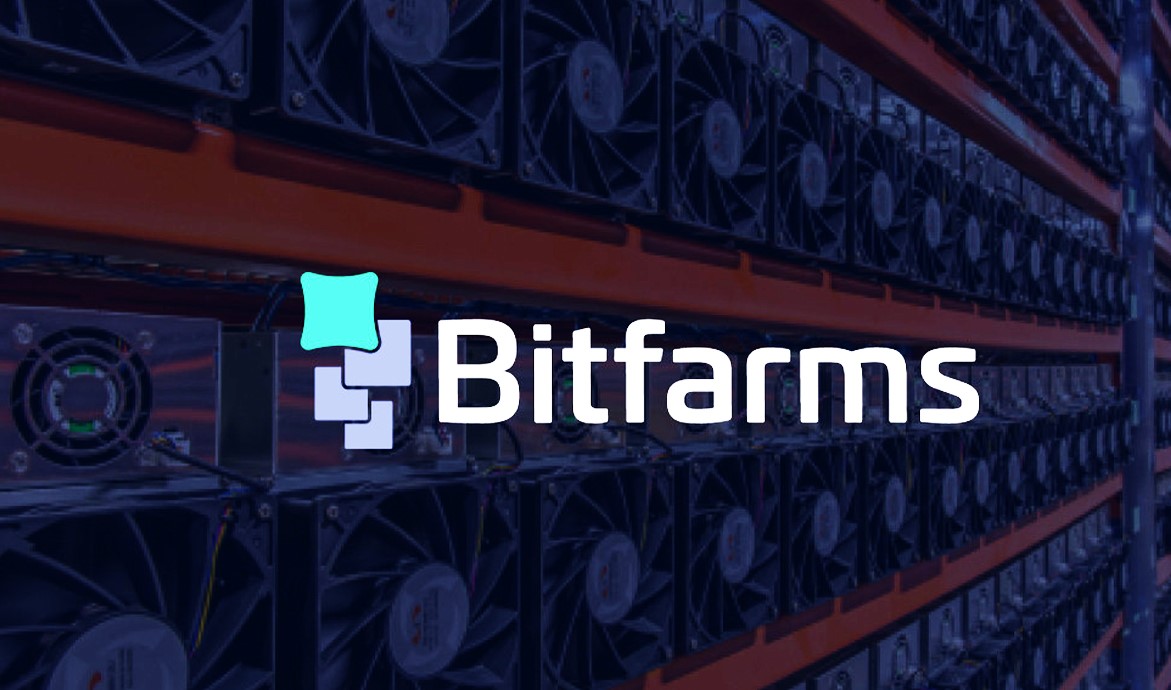Bitcoin’s innovation lies in its peer-to-peer system, store of value, and transparency. However, Bitcoin derivatives may threaten its core principles.
The concept of Bitcoin is innovative as it functions as a peer-to-peer electronic payment system, store of value, timestamping server, and event sequencer. Its limited supply is linked to actual energy use in the real world. Its fundamental decentralization, scarcity, and transparency principles sharply contrast with the established financial system. Nevertheless, the emergence of Bitcoin derivatives, which many view as a positive sign, might pose a danger to the fundamental ideas that distinguish and even revolutionize BTC.
Climate physicist Margo Paez contends that Bitcoin’s much-criticized energy usage increasingly depends on renewable energy sources. Because of its link to concrete resources, BTC offers a meaningful return on investment. In contrast to conventional banking, where value can be generated through intricate mechanisms separate from the material world, the computer power and energy used to construct Bitcoin are inextricably related to its value.
BTC is more closely linked to the planet’s resources than any other financial instrument. Compared to trade, which necessitates large numbers of employees, offices, automobiles, trucks, and other high-consuming infrastructural resources, its association with energy use is much more significant. In contrast, Bitcoin requires very little human maintenance and sheer computing power.
As human energy consumption rises virtually exponentially, it is getting difficult for us to control it, causing severe environmental harm. BTC has already surpassed 50% renewable, and getting to 90% or 100% renewable is relatively easy. Like the quantity of BTC, our natural resources are finite; supplies of gas, oil, and coal will run out eventually. Although even renewable resources like solar and nuclear power have some limits, the point at which the sun’s power diminishes is irrelevant primarily for this essay.
However, wealth creation through financial instruments shouldn’t be able to outpace the availability of natural resources significantly. Global wagers on economic events, such as futures and options contracts, support TradFi. Do we want the same financial instruments we are trying to replace to help BTC? Alternatively, do we want the “hardest form of money” to usher in a new era of financial independence in which the energy required to secure a network is directly correlated with its value? BTC is a more equitable and accurate depiction of human potential and advancement.
Derivatives of Bitcoin conflict with the BTC network
Aside from the chain, Derivatives based on BTC add another level of abstraction that mirrors the system that Bitcoin aimed to displace. Derivatives may weaken the fundamental scarcity principle behind Bitcoin’s architecture by enabling synthetic exposure to the cryptocurrency without requiring ownership of the underlying asset. This leads to “digital double-spending” in the larger ecosystem rather than on the blockchain itself.
Furthermore, unlike Bitcoin’s decentralized philosophy, derivatives trading frequently occurs on centralized platforms. This centralization moves away from the openness provided by Bitcoin’s public ledger and brings counterparty risks and opacity back.
Although derivatives include advantages such as price discovery and risk management, they also add complexity, which could limit Bitcoin’s ability to be used in the financial mainstream. Sophisticated financial products can conceal Bitcoin’s simplicity as digital gold or currency, alienating the users the platform was designed to empower.
Furthermore, by giving energy systems variable loads, BTC mining may, as Paez says, promote renewable energy development. Trading in derivatives is not linked to this physical process and does not contribute to this possible ecological gain.
Derivatives on Bitcoin run the risk of re-creating the exact financial system that BTC was intended to avoid. Bitcoin might not be able to reach its full potential as an open, effective, and environmentally friendly replacement for traditional finance if we continue to create value that isn’t directly tied to our natural resources.
By using BTC derivatives, who gains? Participants with ETF authorization, such as JP Morgan, billionaire investors speculating in the market, degen traders hoping to gain ground on the previous bull run through leverage, and other institutional investors. On-chain BTC transactions: who gains? Indeed, the network is secured by miners and other investors in addition to those above.
It is essential for Bitcoiners who trade derivatives to think about whether these financial innovations fit with the original intent of BTC. We may be unintentionally moving away from the revolutionary simplicity that made BTC a shining example of economic reform in our pursuit of financial expertise.



